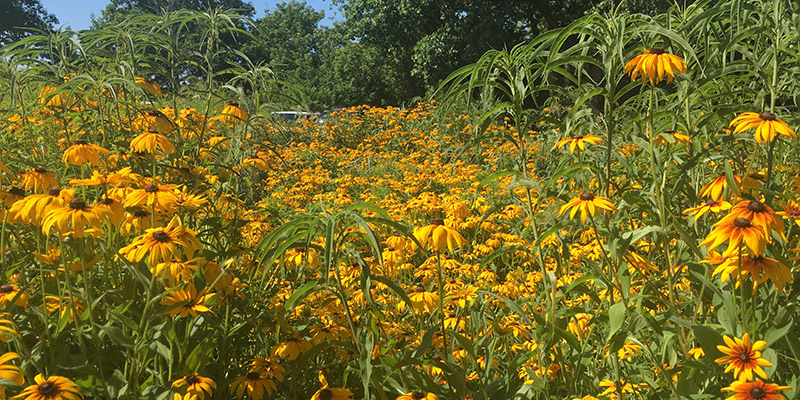
Determining the factors that regulate plant species abundance and community composition has been a long-standing endeavor for ecologists, especially in restoration. Traditionally, this issue has been examined using a plant-centric perspective and focused primarily on the relative importance of plant diversity and competition in structuring communities. Increasingly, however, studies show that the soil biota also influences plant recruitment, community structure and succession. Our current research examines the role of the soil biota in the restoration of species-rich tallgrass communities into urban soils and former agricultural fields. These communities are ideal systems in which to tease apart the relative contributions of microbes, soil conditions, and plant species in community assembly. Studies include linking soil microbial, mycorrhizal abundance, and physicochemical factors to the plant community over a restoration chronosequence and testing the effects of soil amendments on soil health recovery in space and time. This work is designed to inform the processes in structuring grassland communities and give managers the tools they need to prioritize management efforts and restoration activities. (Egerton-Warburton, Tiddens)

